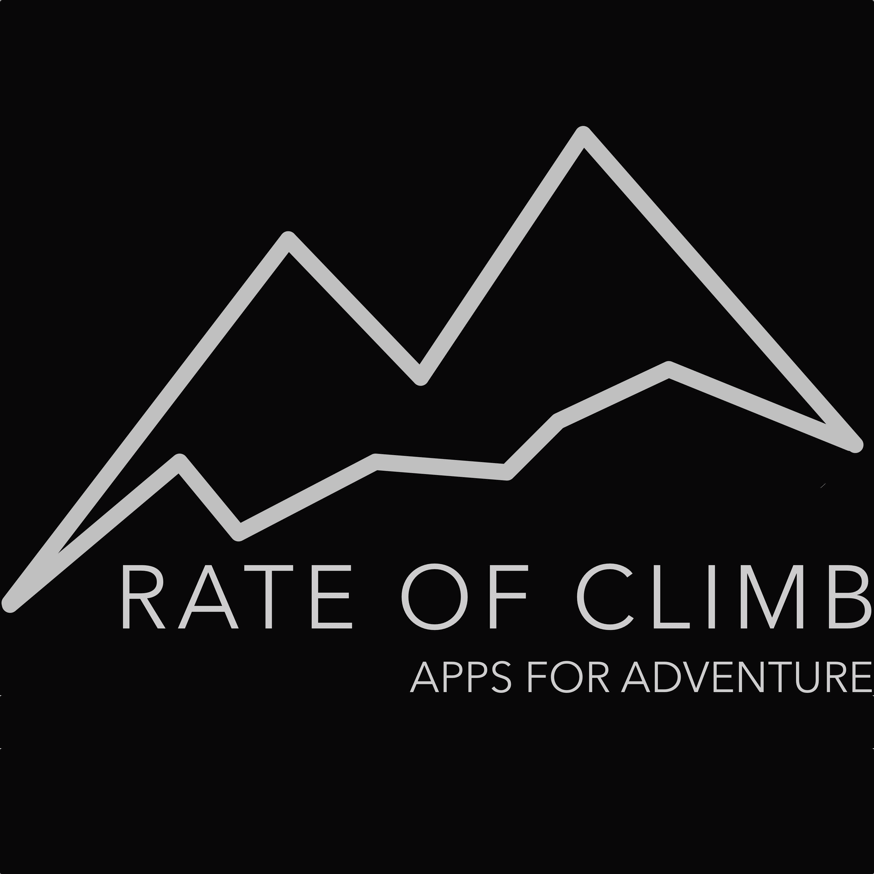Rate of Climb Founder Interview
Interview with Kristian Ljungkvist, Founder of Rate of Climb Industries
Hi there, great to speak with you today. Could you tell me about how you ended up starting your own app development company?
Yes, well I’ve worked in the software industry since the early 1990’s. I started out developing Windows applications, then web-based applications for various companies. When the iPhone came out I was super excited! Ever since I was a kid hacking on my Commodore 64 I’d dreamt of having a computer I could carry in my pocket, and here it was! I started playing around with writing code for it and soon made my first viable app, Deep Weather.
So what inspired you to create Deep Weather?
I’m a private pilot, and for obvious reasons I’m always looking for the best weather information. For me since I first started flying, the most valuable weather information was found in the National Weather Service Area Forecast Discussions, or AFD. I wanted to make a tool that would make reading the AFD as convenient as possible. In addition, I wanted to reformat the text to make it easier to read and split it up into topics for easier reading. This is still the main feature of Deep Weather, although I’ve added tons of other features over the years.
What was the response to Deep Weather?
Actually, it’s been pretty amazing. I have over 100,000 current users from all walks of life. Many are pilots of course, but there are many people from other fields as well – Everything from long-distance hikers to people in charge of fighting wildfires to competitive ocean sailors. It’s really cool to hear from my customers.
So it sounds like you’re continuously updating Deep Weather?
Yes, I put out an update every month or so, and the features and content keep growing.
So after Deep Weather, what did you do?
My next app was Zulu Time, which also was inspired by aviation.
What does Zulu Time do?
Well, basically in aviation and many other fields, to handle synchronizing events that take place across time zones, we use Zulu Time, or Universal Time Code. Essentially this is a time zone that doesn’t observe daylight savings that everyone can share in the air, so that there’s no confusion about what time a weather report came out, or a flight plan activates, etc. The problem is that for the humans who have to use this somewhat artificial timezone, it requires a lot of mental math to convert the local time to zulu time all the time. My app Zulu Time essentially contains all the tools you could imagine for dealing with Zulu Time.
So does it run on the Apple Watch as well?
Yes, I pride myself on having support for displaying Zulu Time everywhere it’s possible: The Apple Watch face as a complication, the home screen of the iPhone or iPad, the lock screen in iOS 16, etc. Zulu Time does a lot more than that too: It has pretty sophisticated timers, a conversion tool, etc. Again, I made it primarily thinking about the needs of pilots, who are the main users of the app, but I’ve found out about all kinds of other fields where people can use it too, which is great.
Any other apps?
Sure, my third app that’s currently available (I’ve made several others that are discontinued now) is Density Altitude+, which also surprise surprise, was inspired by the needs of pilots.
OK, so what does Density Altitude+ do?
Density Altitude+ acts kind of like a weather station in your pocket. It uses all the available sensors (barometer, GPS, etc.) as well as hyper-local weather information which it then uses to calculate a whole slew of atmospheric data using the most accurate physics equations I could find. It of course finds the Density Altitude right where you stand, which is a very important measure for pilots in terms of take off performance calculations.
Explain Density Altitude to me.
Essentially the air, when hotter and/or more humid than standard, becomes less dense which has an effect on engine power, propeller effectiveness and wing lift. The way we in aviation model this is by creating this artificial altitude, density altitude, which represents the altitude you would have to climb to on a “standard” day to find air with the same density as is currenly at ground level. This is a handy measurement, because pilots can use their performance charts and feed in the density altitude, rather than the physical elevation to find the performance of their aircraft in the current conditions. Sadly, every year several avoidable accidents happen due to pilots attempting to take off when density altitude is too high and the airplane’s performance is insufficient to outclimb the terrain. I wanted to make a tool that was incredibly easy to use to help give pilots that critical information. I like to think that I’m contributing in some small way to aviation safety.
Do people other than pilots find a use for Density Altitude+ as well?
For sure. People who do motor racing of various kinds use it to tune their engines and to log their drag times. Golfers use it, since the distance a golf ball will fly is also affected by the density altitude. Hunters and long-distance competitive shooters use it to help in their ballistics calculations, etc. It’s really fun to learn about all the various ways people use it.
